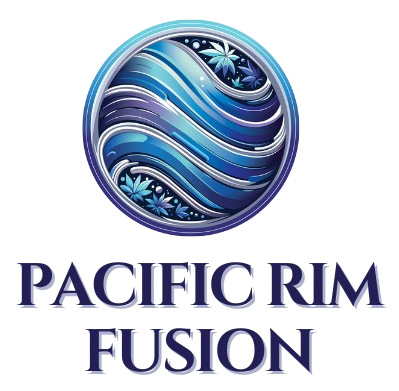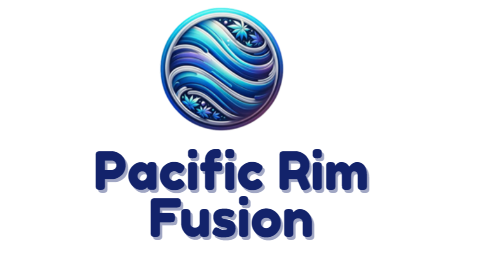1. Purpose
This policy defines the principles and procedures for managing, investigating, and resolving complaints submitted by customers, vendors, partners, and third parties on Pacific Rim Fusion’s CBD/Hemp B2B platform. It aims to ensure transparency, regulatory compliance, and continuous improvement in customer experience and platform operations.
2. Scope
This policy applies to:
• All platform users (suppliers, buyers, logistics partners, etc.)
• All categories of complaints, including:
◦ Product quality or labeling
◦ Licensing or compliance violations
◦ Fraud or misrepresentation
◦ Delivery and fulfillment issues
◦ Technical platform errors
◦ Payment or billing discrepancies
• All employees handling customer service, compliance, quality control, and platform operations
3. Regulatory Considerations
As a CBD/Hemp marketplace, we comply with:
• The 2018 Farm Bill (defining legal hemp and CBD)
• State-level hemp/CBD licensing and labeling laws
• FDA guidance for claims and marketing practices (where applicable) • Federal Trade Commission (FTC) rules on business practices • Internal SOPs and contractual agreements between platform users
4. Complaint Channels
Complaints can be submitted through:
• Customer Support Portal
• Dedicated compliance email
• In-platform reporting tools (e.g., “Report an Issue” button)
• Third-party partner referrals (e.g., payment processors)
All complaints are logged in the Complaint Management System (CMS).
5. Complaint Remediation Process
5.1 Step 1 – Intake and Acknowledgment
• Complaint received and logged with timestamp and reference number • Acknowledgment sent within 2 business days
• Assigned to relevant team (e.g., Support, Compliance, Product, Legal) 5.2 Step 2 – Preliminary Assessment
• Categorize complaint (e.g., compliance, technical, service, product) • Evaluate urgency and potential regulatory or financial risk
• Determine if temporary suspension of services is required (e.g., stop-sale on non compliant SKU)
5.3 Step 3 – Investigation
• Review related documentation (e.g., order records, licenses, correspondence) • Interview relevant parties
• Validate claims using internal logs, third-party data, or product tests • Escalate to Legal or Regulatory Counsel if necessary
Typical timelines:
• Low-risk issue: Resolved within 5–7 business days
• High-risk/regulatory issue: Resolved or escalated within 10–15 business days 5.4 Step 4 – Remediation Actions
Possible remediation measures include:
| Complaint Type | Potential Remediation |
| Product quality issue | Refund, replacement, supplier warning/suspension |
| Delivery issue | Shipping reimbursement, logistics review |
| Compliance/licensing issue | Suspension of listing, license verification, regulatory report |
| Platform error | Technical fix, credit for fees, escalation to dev team |
| Fraud or misrepresentation Account suspension, investigation, reporting to authorities |
5.5 Step 5 – Communication and Closure
• Final outcome communicated to complainant in writing
• Any refunds, replacements, or adjustments processed
• Case marked “Closed” in CMS with full documentation and resolution summary
6. Escalation Procedures
If a complainant is not satisfied with the outcome:
1. Internal Appeal: Submit to Compliance Officer for second-level review within 10 days 2. Final Review: Executive review (if needed)
3. Regulatory Escalation: If required by law, refer to appropriate regulatory authority (e.g., state agriculture department, FDA, FTC)
7. Data Logging & Recordkeeping
All complaints and resolutions are logged in the CMS and stored for at least 5 years, including: • Complaint details and user ID
• All internal communications
• Investigative steps and findings
• Final resolution and remediation actions
Records are accessible for audits or regulatory reviews.
8. Confidentiality and Non-Retaliation
• All complaints are handled confidentially
• Users and employees are protected from retaliation when reporting in good faith • Anonymous complaints are permitted but may limit investigatory effectiveness
9. Training and Awareness
All support, compliance, and risk employees are trained on:
• Identifying and logging complaints
• Investigating compliance and fraud-related issues
• Regulatory obligations regarding consumer safety and labeling
• Using the Complaint Management System (CMS)
10. Continuous Improvement
Complaint trends are reviewed quarterly by the Compliance team to:
• Identify recurring issues
• Improve platform functionality and partner vetting
• Recommend updates to internal SOPs or user agreements
11. Policy Review
This policy is reviewed annually, or sooner if:
• Regulations change
• Complaint trends suggest process inefficiencies
• Platform undergoes a major upgrade or service expansion
12. Roles and Responsibilities
| Role | Responsibilities |
| Customer Support | Intake, log, and first-level response to complaints |
| Compliance Officer | Investigate regulatory and licensing-related complaints |
| Product/Dev Teams | Investigate technical platform issues |
| Legal Team | Advise on risk, escalation, and regulatory reporting |
| Executive Team | Handle high-risk or reputational matters |



